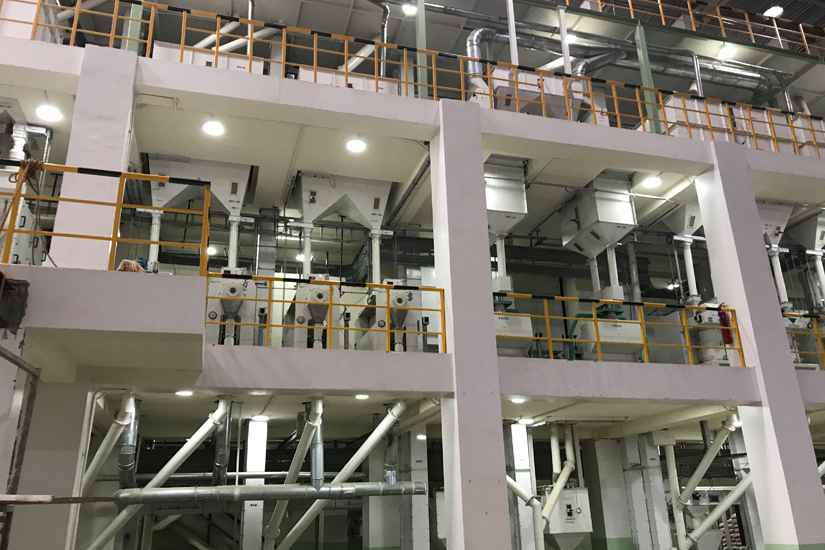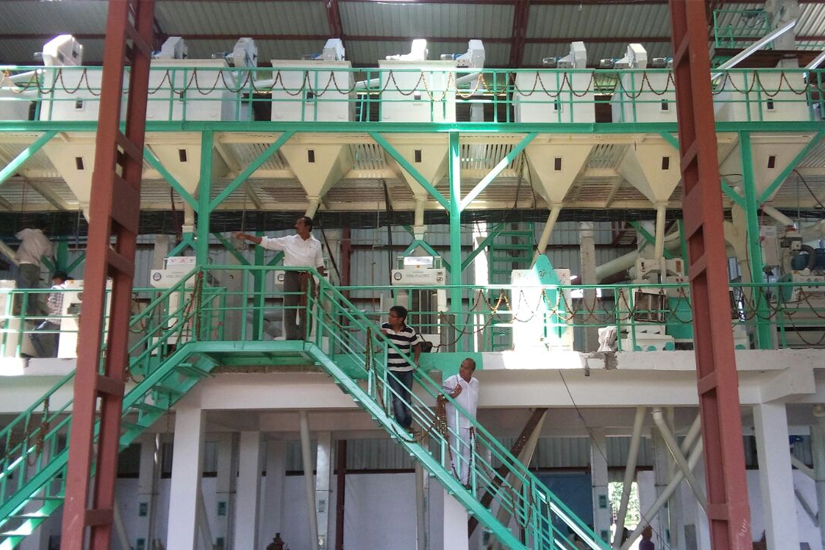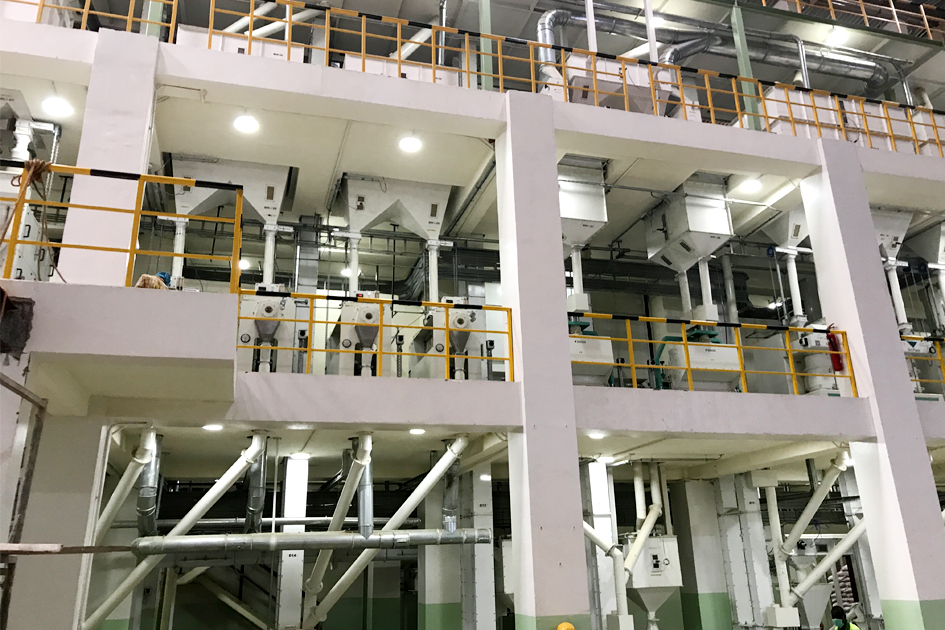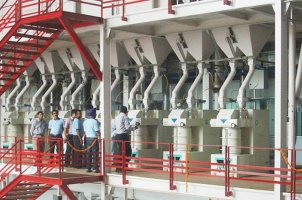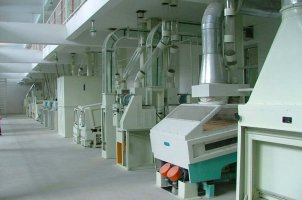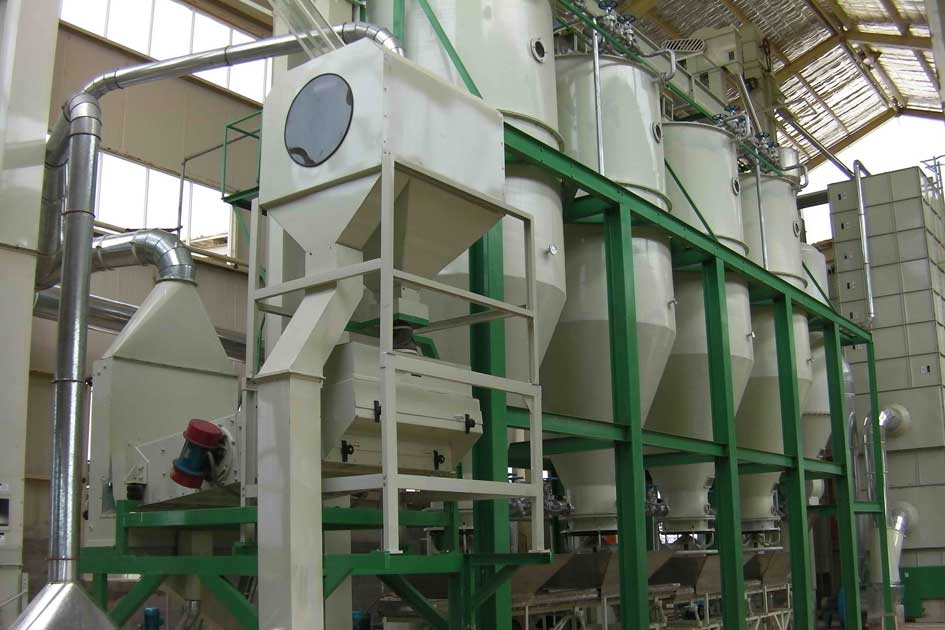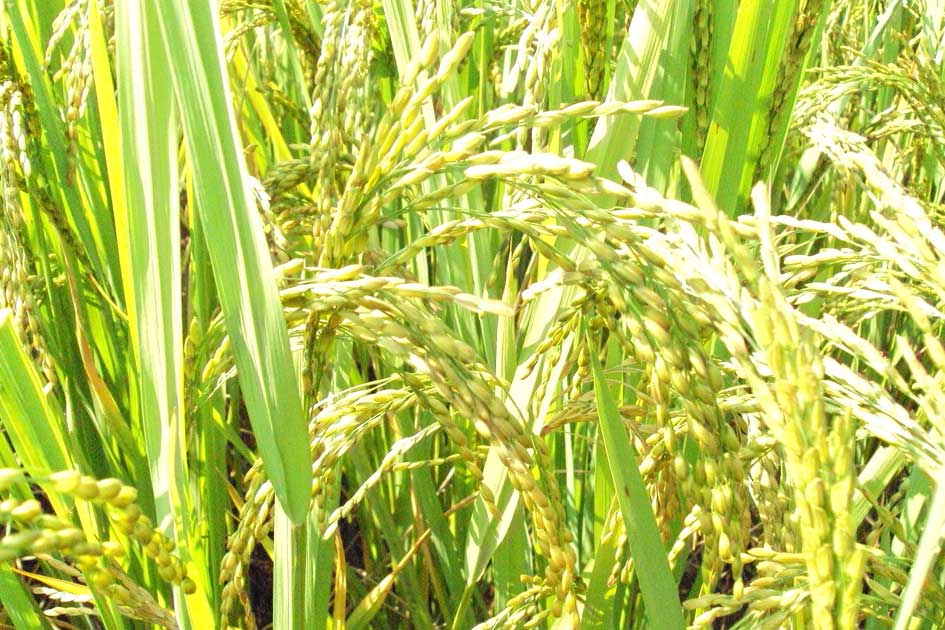India is very famous throughout the world for the aromatic basmati rice which exports to several countries globally and rice milling plant is one of the largest agro-processing industries in India. The latest plants with state of the art technology are designed to treat 85000 tons of paddies every year to provide the world with the staple food of rice. This latest type of rice mill machinery meets the demand of quantity of rice easily with great efficiency and high-tech system. Rice Processing technology in India is replacing the old methods of processing paddy which were imperfect and time taking with more manual systems. Automated machines have made this processing quite easy with sophisticated machinery and instant process that produces a large quantity daily.
Setting up a rice plant is quite easy in India with Rice mill consultants to help individuals at all levels so if they have the capital and space to put up a rice plant then all one has to do is seek consultation about machinery and other setups which are well planned and comprehensive. With the help of these consultants, one can start an automated manufacturing unit that provides enhanced productivity and efficiency to give out high quality, more whiteness, sorting out of grains with dimensions and better degree milling. There is a huge demand for rice in many countries and there is a requirement of huge productivity, which can now be done in an automated, improved and high-tech plant from Rice mill plant manufacturer India.
If you aspire to set up a milling plant for rice processing, then with services from Nextech Solutions you can set up an automated plant with great infrastructure and the latest rice processing machine that will provide with high-quality rice sorted and graded in an excellent manner. Being the industry specialists, we make our presence felt by taking up all the duties and responsibilities to help the clients achieve high levels in the rice processing business. You will know about the fundamental components of the rice milling industry along with the assets, productivity, and sales of rice in the market. If you have that perfect piece of land and want to create a processing plant that is highly efficient in processing the great amount of rice, then Nextech Solutions can provide you with amazing solutions in the milling of rice. You will get expert advice from professionals who will help in the design and development of the infrastructure as well as with the machinery setup from starting to the end.
 MAIL US :
MAIL US :
 CALL US :
>
CALL US :
>
